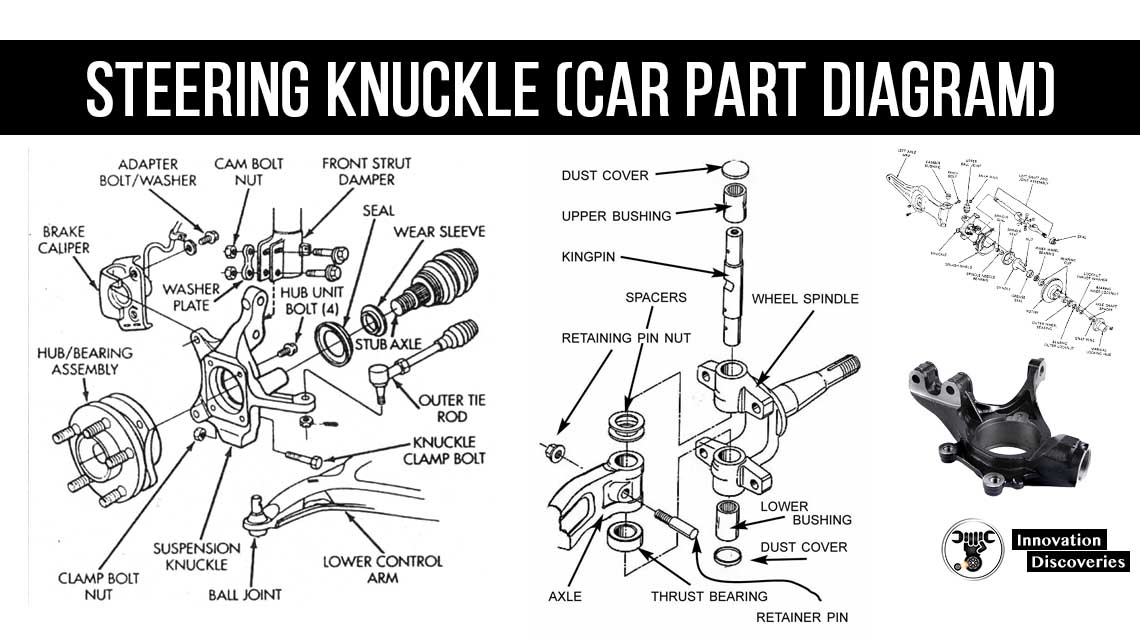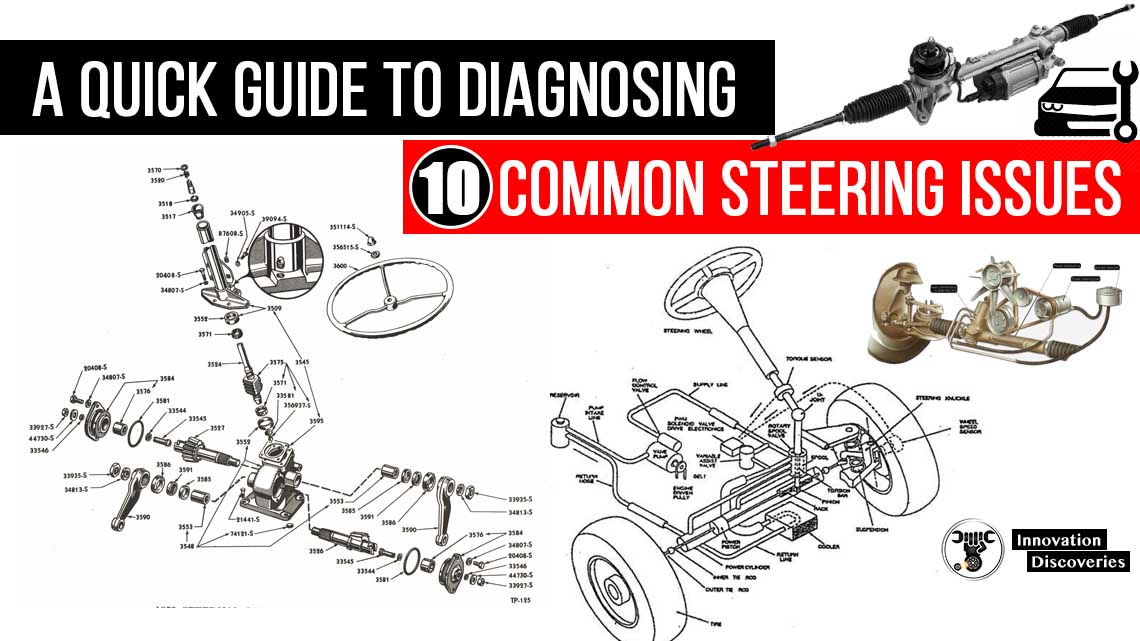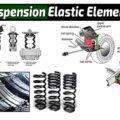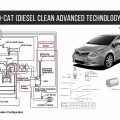
In automotive suspension, a steering knuckle is that part that contains the wheel hub or spindle and attaches to the suspension and steering components.
It is variously called a steering knuckle, spindle, upright, or hub, as well.
The wheel and tire assembly attach to the hub or spindle of the knuckle where the tire/wheel rotates while being held in a stable plane of motion by the knuckle/suspension assembly.
Read: SUSPENSION INSPECTION – QUESTIONS AND ANSWERS
In the attached photograph of a double-wishbone suspension, the knuckle is shown attached to the upper control arm at the top and the lower control arm at the bottom.
The wheel assembly is shown attached to the knuckle at its center point.
Note the arm of the knuckle that sticks out, to which the steering mechanism attaches to turn the knuckle and wheel assembly.

Read more about suspension
- HOW CAR SPRINGS AND DAMPERS WORK
- HOW AIR SUSPENSION SYSTEMS WORK
- 5 SUSPENSION MODS YOU SHOULD NEVER DO TO YOUR CAR
- A QUICK GUIDE TO DIAGNOSING 10 COMMON STEERING ISSUES
- 5 WARNING SIGNS OF BAD INTERMEDIATE STEERING SHAFTS
- 3 COMMON SYMPTOMS OF LOW POWER STEERING FLUID
- ELECTRIC VS HYDRAULIC POWER STEERING
- HOW POWER STEERING WORKS?
- STEERING SYSTEM: REQUIREMENTS, TYPES, POWER STEER
Types
Steering knuckles come in all shapes and sizes.
Their designs differ to fit all sorts of applications and suspension types.
However, they can be divide into two main types.
One comes with a hub, and the other comes with a spindle.
Read: HOW POWER STEERING WORKS?
Applications
In a non-drive suspension, as shown in the first photo, the knuckle usually has a spindle onto which the brake drum or brake rotor attaches.
(In this picture, the central spindle upon which the wheel assembly rides cannot be seen.)
The wheel/tire assembly then attaches to the supplied lug studs, and the whole assembly rotates freely on the spindle’s shaft.
In a drive suspension, the knuckle has no spindle but rather has a hub that does affix the bearings and shaft of the drive mechanism.
The end of the drive mechanism would then have the necessary mounting studs for the wheel/tire and/or brake assembly.
Therefore, the wheel assembly would rotate as the drive shaft (or half-shaft) dictates.
It would not turn freely by itself, but only if disengaged the shaft from the transaxle or differential.
A driven suspension, as described, may also be steerable.
This is often called a drive/steer arrangement.
Read: ELECTRIC VS HYDRAULIC POWER STEERING
Read More:
- 3 COMMON SYMPTOMS OF LOW POWER STEERING FLUID
- ELECTRIC VS HYDRAULIC POWER STEERING
- HOW POWER STEERING WORKS?
- STEERING SYSTEM: REQUIREMENTS, TYPES, POWER STEER
Visit Forum
Visit Our Friendly Website








